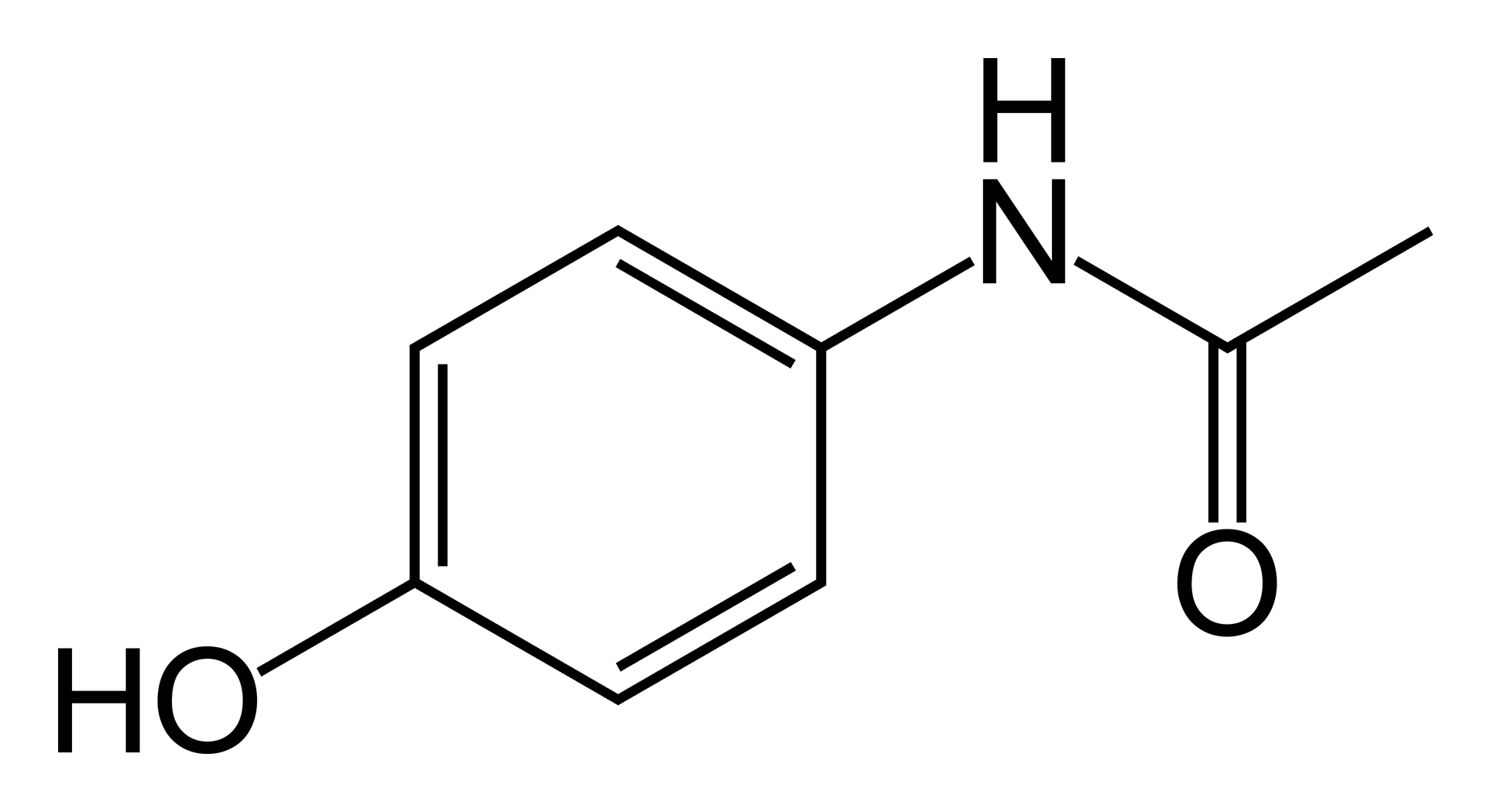Caution with Paracetamol in Dentistry

As it can be so uncomfortable, dental pain often requires over-the-counter analgesics. Paracetamol is regularly a drug of choice: it is cheap, readily available and comes with minimal side effects. Despite being such a common and easily purchasable drug, accidental paracetamol overdose remains one of the highest causes of both acute liver failure and liver transplants in the UK.
Through a similar mechanism to non-steroidal anti-inflammatory drugs (NSAIDs) like aspirin and ibuprofen, paracetamol can relieve the symptoms of pain, fever and headaches. Though its route of action is less well understood than regular NSAIDs, it is accepted that paracetamol is able to inhibit pathways in the body that lead to the release of prostaglandins, the chemical attributed to these symptoms.
Adverse Effects of Paracetamol
Tooth ache is inflammatory in nature. The anti-inflammatory effect of paracetamol is not as potent as NSAIDs but comes with a lower incidence of gastro-intestinal bleeding, nausea and blood thinning. Despite this, it seems to work just as well as NSAIDs in treating inflammatory tooth ache, possibly due to the effect it has on the central nervous system (1).
Once taken into the body, paracetamol is mostly metabolised by the liver. Initially it is conjugated with glucuronic acid to allow it to be excreted by the kidneys but this pathway is limited and can be exhausted by as little as 8 tablets of paracetamol (1). The remaining drug is converted into a toxic by-product that quickly reacts with a molecule called glutathione so the two can be excreted harmlessly in the urine (2). However, once this final mechanism of protection is used up, the toxic by-product begins to damage the cells of the liver.
Symptoms of paracetamol toxicity varies according to the time of presentation. Early presentation may often include nausea and vomiting; late presentation can show signs of jaundice, impaired consciousness and haemorrhage (2). The toxicity can be treated with acetyl-cysteine, which acts as a paracetamol antidote, but many people still die from paracetamol overdose due to late presentation (2). While incidence of accidental overdose is lower than non-accidental overdose, its mortality rate is often higher due to a decreased awareness about long-term damage and a later presentation in hospital (3).
Some people are more at risk of paracetamol toxicity than others; additional drugs being taken, such as anti-TB medication, and a number of conditions (particularly those damaging to the liver like hepatitis C) can all increase the risk. However, the two most dangerous risk factors in the average patient are often the belief that an over-the-counter drug is relatively harmless and how easy an overdose can be when paracetamol tablets are taken alongside paracetamol-containing medicaments like Lemsip, Night Nurse and Beechams.
The way forward with reducing the harm associated with paracetamol is through further patient education: a great number of people won’t read the precautions on drug instructions so the information needs to come from medical professionals (GPs and dentists) who see the patients taking these drugs and who often prescribe them. It is also the responsibility of professionals to identify the patients who are at a higher risk of paracetamol overdose due to their reliance on it for dental pain relief.
(1) Nayyer, N.V., Byers, J. and Marney, C. (2013) Identyfying adults at risk of paracetamol toxicity in the acute dental setting. BDJ. 216(5): 229-235
(2) Ferrer, R.E., Dear, J.W. and Bateman, N. (2011) Managing paracetamol overdose. BMJ. 342
(3) Craig, D.G., Bates, C.M., Davidson, J.S. et al (2011) Overdose pattern and outcome in paracetamol-induced acute severe hepatotoxicity. Br J Clin Pharmacol 71(2): 273-82
Posted in: General Dentistry
Leave a Comment (0) ↓
